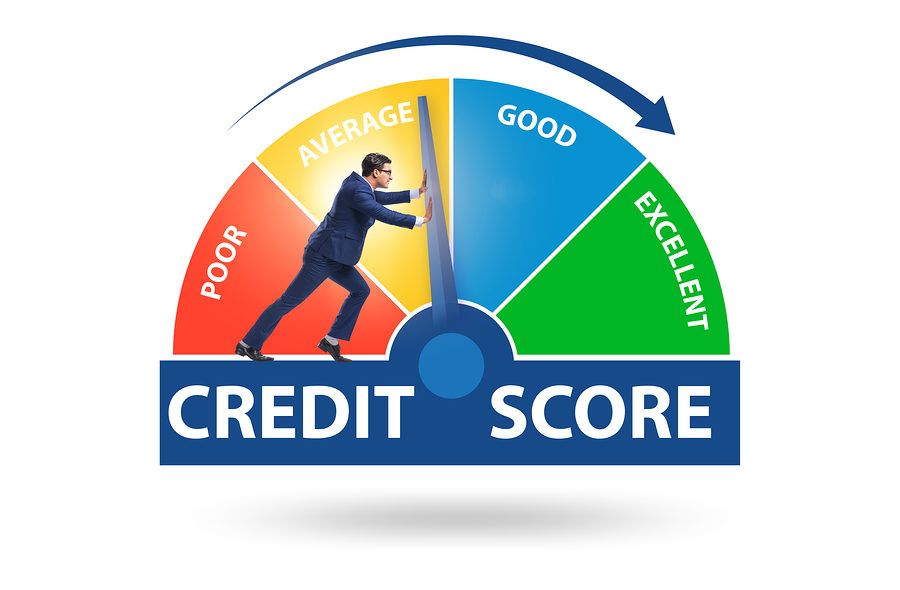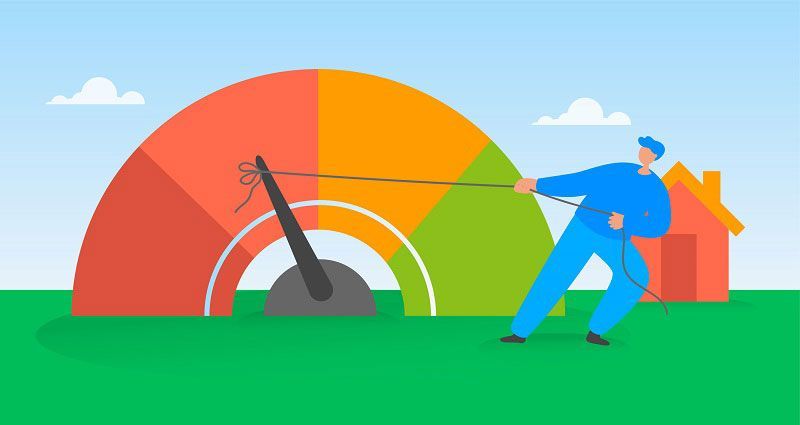We are an Equal Employment/Affirmative Action employer. We do not discriminate in hiring on the basis of sex, gender identity, sexual orientation, race, color, religious creed, national origin, physical or mental disability, protected Veteran status, or any other characteristic protected by federal, state, or local law.
Home Appraisal vs. Home Inspection: A Buyer’s Guide to Home Buying
Are you buying a home and unsure of the difference between a home appraisal and home inspection? During the home buying process, It's important to understand the difference between the two . This guide will clarify their definitions so you can make informed decisions for your dream home.
Home inspections generally happen after the purchase contract is signed with a seller, and are ordered at the buyer’s discretion. Inspections are not mandatory but highly recommended. There are different types of inspections that will be covered in the information below. In addition, how to look for an inspector.
If you are obtaining any kind of loan for your purchase, the property appraisal will be ordered by the lender. This report ensures the property's value matches the value of the contract, in order to confirm the loan to value. The information below will cover the process as well as the basics you need to know.
The Home Inspection Explained
Imagine you've found your dream home, signed the contract, and can't wait to move in. But before you start packing, there's an essential step - the home inspection. This usually happens after you've signed the contract, but did you know that the timing can vary by state? Home inspections aren't mandatory, but they are highly recommended. They play a vital role in ensuring that your dream home doesn't turn into a nightmare.
Finding a reliable home inspector is key. Recommendations from trusted sources such as your realtor, or friends that own homes already, can lead you to someone who will assess not just the cosmetics but also the structural integrity, safety, and functionality of crucial systems like plumbing, electrical, and HVAC. Depending on the types and quantity of inspections you need, the cost can vary. Generally, you should expect several hundred dollars at a minimum, and will depend on how many types of inspections you obtain. These can include termite inspections, foundation assessments, air quality checks, and more. While it might add to the expense, these inspections are incredibly comprehensive and can help you make well-informed decisions.
Most contracts, depending on the state in which you live, will have an area indicating a period of time in which you have to perform these inspections in order to decide whether or not you will continue with the contract. Your realtor will play a crucial role in helping you understand these types of deadlines before negotiating a contract, so you know timelines that are expected to have inspections complete.
Once the inspection report is received, usually being same day or within 24 hours of inspection, you will need to review items on the report. This is where realtors, again, can play a crucial role in helping understand the report, and which items you might need to pay the most attention to. They can help you obtain costs of repairs, if any, so you may then know a budget required once you move in.
It is common that buyers ask sellers for repair allowances in the form of closing cost credits or price reductions during this period of time. This step is not mandatory, but common, depending on the severity of inspections. Remember that a contract is a negotiation, and the seller is not required to agree to repairs , unless required by your lender after the appraisal is received.
Let’s explore this in more detail in the next section.
The Home Appraisal
Now, let's turn our attention to home appraisals, which are particularly relevant when you're financing your home through a mortgage. If you're paying with cash, this step might not be necessary, but for most mortgage transactions, it's a vital part of the process.
The appraisal is ordered usually 7-10 days into the process, after any option period or inspection period as we mentioned above. It is very common and should be expected that the lender will ask you to pre pay this fee before ordering. For this reason, you want to be sure the inspection period has passed, in order to be sure you are moving forward with the property.
Here's how it works: lenders want to make sure that the value of the property matches the amount of the loan you're asking for. To keep things fair, the lender independently selects an appraiser. They follow certain guidelines, like the
Home Valuation Code of Conduct (HVCC), which is a federally mandated protocol, to ensure that appraisers remain unbiased. This impartiality is crucial because it prevents any outside influence on property valuations, which could lead to inaccurate assessments.
Accuracy is essential to the success of the process. Inaccurate appraisals can result in financial losses for both buyers and lenders. To get things right, appraisers take their time to evaluate the property correctly. Typically, this process takes about five to seven days in a balanced market. However, market conditions can influence these timelines.
During the appraisal, the focus is on the property's amenities, size, location, and condition in comparison with a minimum of 3 comparables in the immediate area. The appraiser doesn't pay much attention to the operational status of appliances; their main concern is the overall condition of the property. This ensures that your home's value aligns with your mortgage, protecting both you and the lender. To be more direct, the lender wants to be sure that the loan to value, which is the percentage of loan to the price , or value of the property, is aligned. This will be explained further below.
Inside the Appraisal Process
Let's take a closer look at the appraisal process. When the appraiser visits the property, they conduct a visual inspection. This means they walk through the property, taking measurements and keeping an eye out for any signs of wear and tear or safety concerns. They're essentially assessing the overall condition of the property without getting into the nitty-gritty details of appliances or conducting complex tests.
Ethical considerations play a significant role in the appraisal process. Appraisers take their job seriously, ensuring fairness and accuracy. They carefully select comparable properties that have recently sold in the area, making sure these properties are truly similar to the one they're appraising. By doing this, they can provide a reliable estimate of the property's value. They also rely on market data, including recent sales and trends, to gauge the property's worth.
Now, why is all of this so crucial? Well, the value determined by the appraiser directly affects the loan amount you can secure. Lenders use the lower of the property's purchase price or the appraised value to determine your loan amount. So, if the appraisal value comes in lower than the purchase price, it can impact your financing options and potentially require adjustments in your home buying plans.
Understanding Loan-to-Value Ratios
Loan-to-value (LTV) ratios are a big deal when you're buying a home. They tell you and the lender what percentage of the property's value is covered by your mortgage. Appraisals are the key factor in confirming these ratios. Now, here's the twist – if the appraised value comes in lower than what you're paying for the property, it can have an impact on your mortgage terms.
Let’s say you are putting 5% down on a home price of $500,000. That means that your loan-to-value, or LTV, is 95%. This equates to a loan balance for $500,000 times 95%, which equals $475,000. The lender will be looking for the appraisal to be received at the same amount as the purchase price or higher, which is $500,000.
Let’s say that the appraisal comes in lower, at $490,000. The lender will then adjust their LTV calculation to 95% of the lower amount, which is the $490,000. This means instead of loaning you $475,000, they will now loan you $465,500.
The lender is fine with this new arrangement, as long as you have the extra funds to pay the difference between the new, lower, loan amount, and the purchase price. This would mean you have to pay more money out of pocket than anticipated. Another option is that you have your realtor return to the seller, and negotiate different terms. This is a possibility, but not mandatory, that the seller accepts. Another reason to rely on a realtor to assist in your home purchase, as issues that arise such as this require skill and experience to negotiate. In summary , LTV ratios are a vital part of the home buying equation. Appraisals ensure accuracy , and play a crucial role in the home buying process.
To put it all in perspective, home inspections are like your trusty detectives, diving into the nooks and crannies of a property to uncover any hidden secrets about a home’s condition. . They provide you with valuable insights, allowing you to budget for potential repairs or renovations and make an informed decision about whether the property is the right fit for you.
On the flip side, home appraisals serve as the safety net in this intricate process. They ensure that the property's assessed value aligns with the purchase price that has been negotiated. This is crucial because it safeguards both you and the lender from making financial commitments that aren't in sync with the property's actual market value.
As we wrap up this guide, we genuinely hope you've gained a deeper understanding of these pivotal aspects of the home buying journey. Buying a home is a significant milestone, and having the right knowledge at your fingertips empowers you to make sound decisions.
If you are looking for a trusted lender in the homebuying process, feel free to reach out to my team at hdzteampreapproval@legacymutual.com . Legacy Mutual Mortgage is an equal opportunity lender. NMLS#514497











